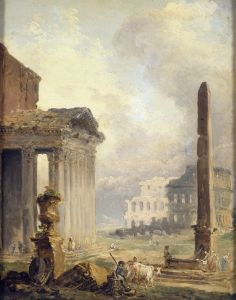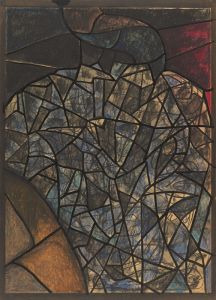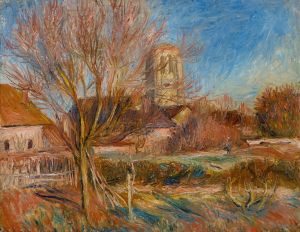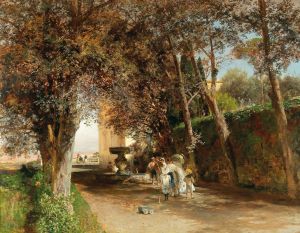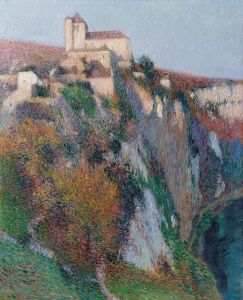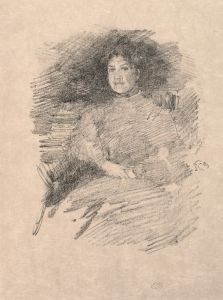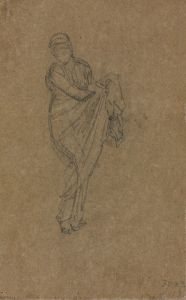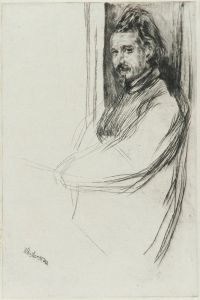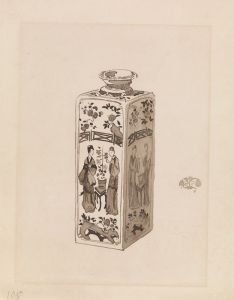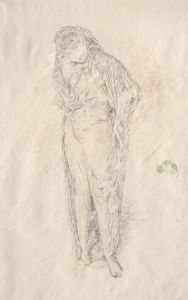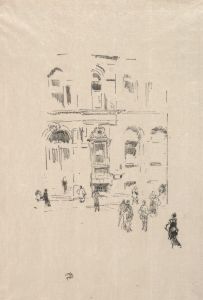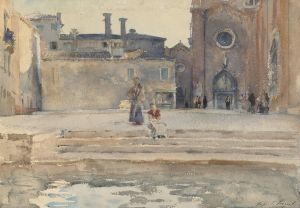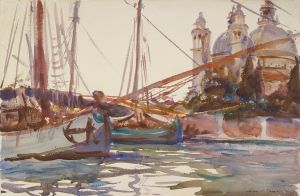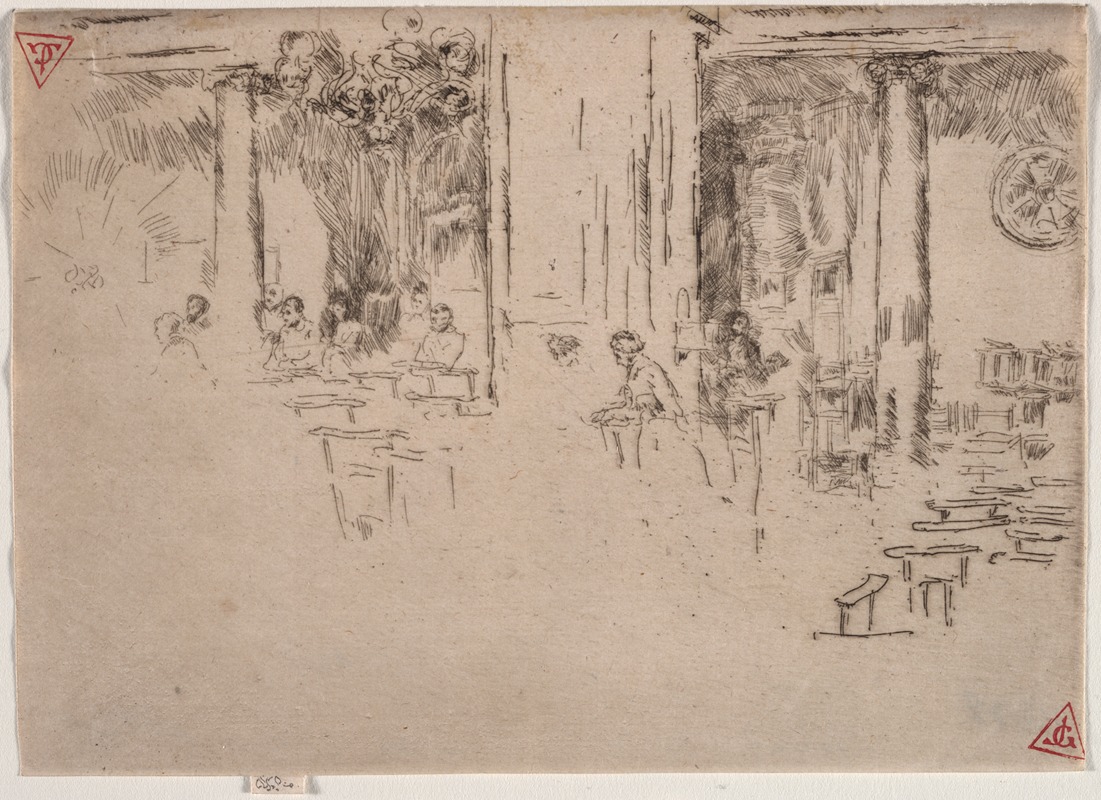
Church, Brussels
A hand-painted replica of James Abbott McNeill Whistler’s masterpiece Church, Brussels, meticulously crafted by professional artists to capture the true essence of the original. Each piece is created with museum-quality canvas and rare mineral pigments, carefully painted by experienced artists with delicate brushstrokes and rich, layered colors to perfectly recreate the texture of the original artwork. Unlike machine-printed reproductions, this hand-painted version brings the painting to life, infused with the artist’s emotions and skill in every stroke. Whether for personal collection or home decoration, it instantly elevates the artistic atmosphere of any space.
James Abbott McNeill Whistler, an American artist active during the late 19th century, is renowned for his contributions to the art world, particularly in the realms of painting and etching. One of his lesser-known works is "Church, Brussels," an etching that reflects his keen interest in architecture and urban landscapes. Whistler's etchings are celebrated for their intricate detail and ability to capture the essence of a scene with remarkable precision.
"Church, Brussels" is part of Whistler's broader body of work that includes numerous etchings of European cities. Whistler traveled extensively throughout Europe, and his time in Brussels allowed him to explore the city's architectural beauty. This particular etching depicts a church in Brussels, showcasing Whistler's skill in rendering architectural forms with both accuracy and artistic flair.
Whistler's etching technique was influenced by his admiration for the works of earlier masters such as Rembrandt and the French etcher Charles Méryon. He employed a delicate line and a careful balance of light and shadow to create depth and texture in his etchings. In "Church, Brussels," Whistler's attention to detail is evident in the intricate depiction of the church's façade, capturing the Gothic elements and the play of light on the stone surfaces.
The etching is part of Whistler's "French Set," a collection of etchings that he produced during his travels in France and Belgium. This set was instrumental in establishing Whistler's reputation as a master etcher. The "French Set" was published in 1858 and includes scenes from Paris, the French countryside, and Brussels. Whistler's ability to convey the atmosphere of a place through his etchings was highly regarded by his contemporaries and continues to be appreciated by art historians and collectors today.
Whistler's work, including "Church, Brussels," is characterized by a focus on composition and the interplay of light and shadow. His etchings often feature a sense of immediacy and spontaneity, capturing the essence of a moment in time. This approach aligns with Whistler's broader artistic philosophy, which emphasized the importance of mood and atmosphere over strict realism.
"Church, Brussels" is a testament to Whistler's skill as an etcher and his ability to find beauty in urban environments. While the specific church depicted in the etching is not identified, the work remains an important example of Whistler's architectural studies. It reflects his interest in the interplay between human-made structures and their surroundings, a theme that recurs throughout his oeuvre.
Today, Whistler's etchings, including "Church, Brussels," are held in various public and private collections around the world. They continue to be studied and admired for their technical mastery and artistic vision. Whistler's influence on the art of etching and his contributions to the Aesthetic Movement have secured his place as a significant figure in the history of art.





